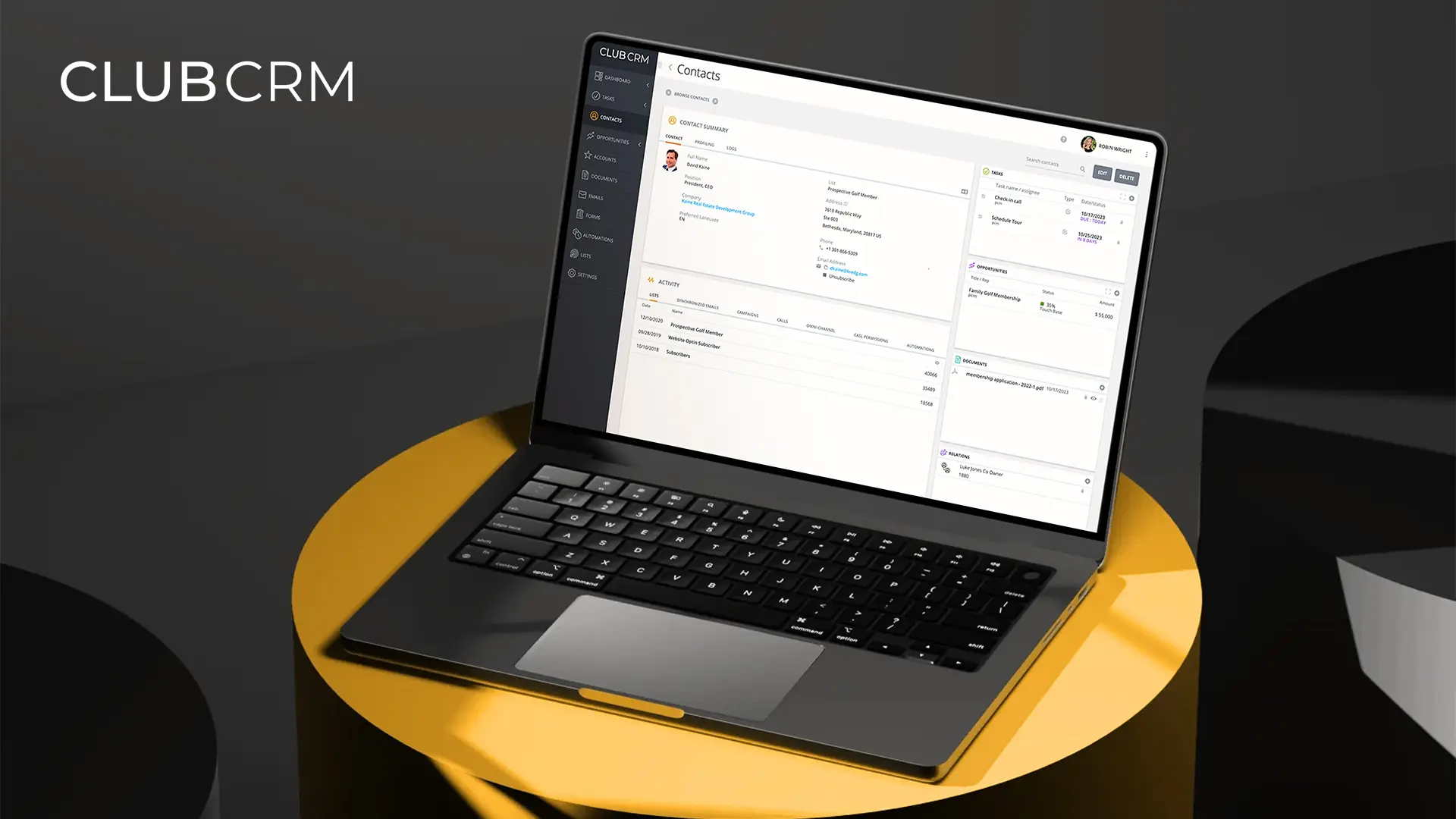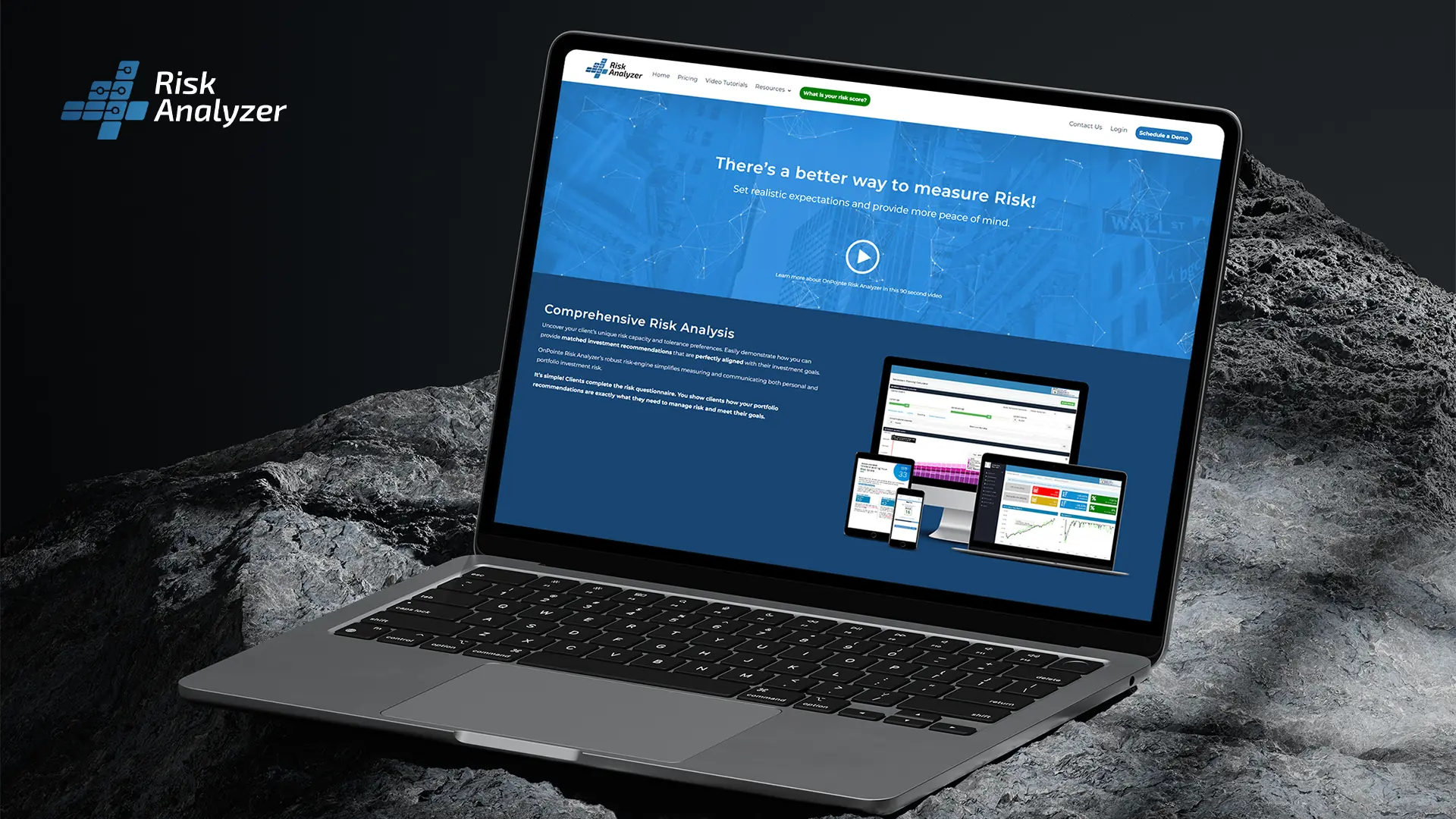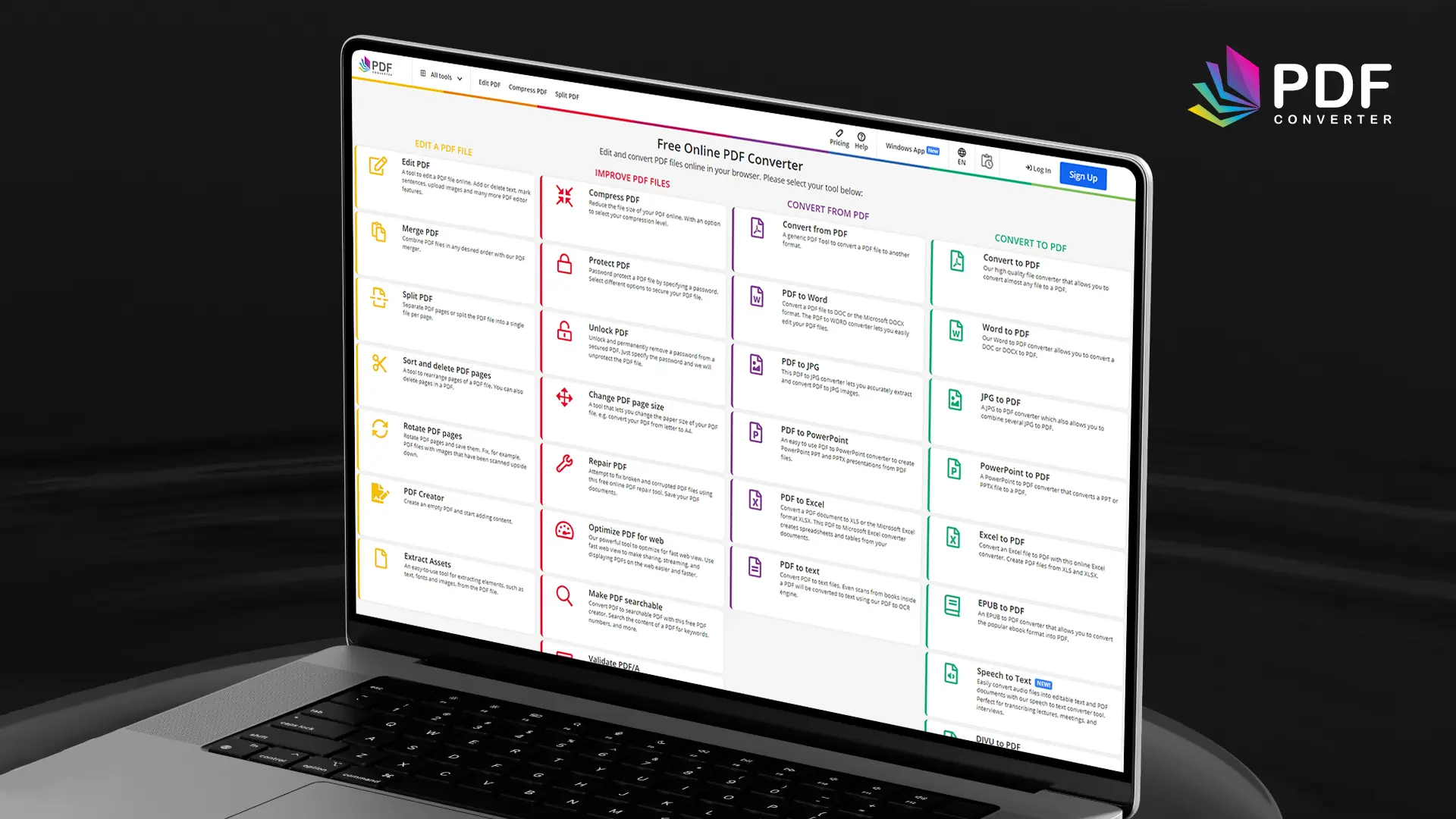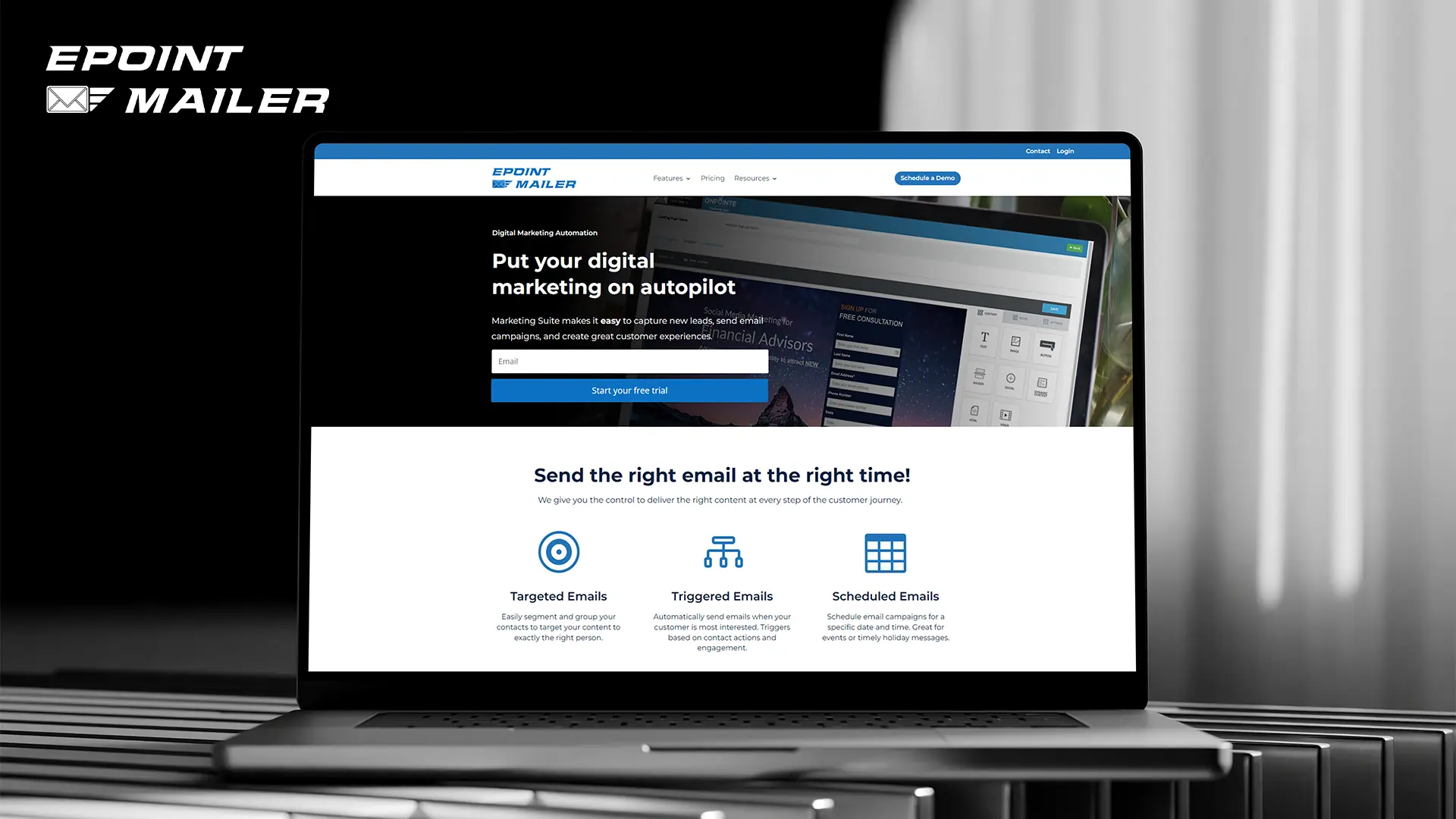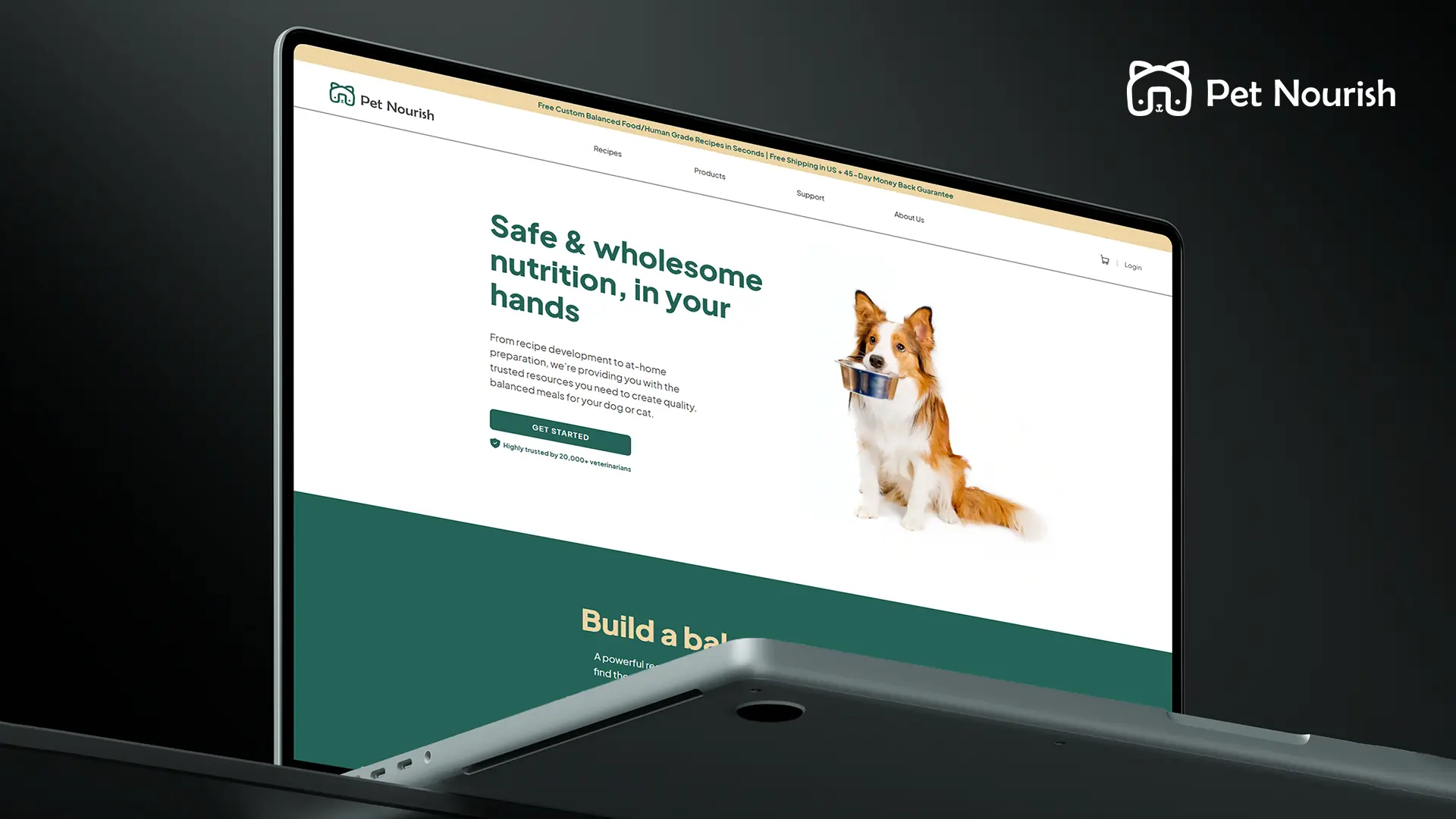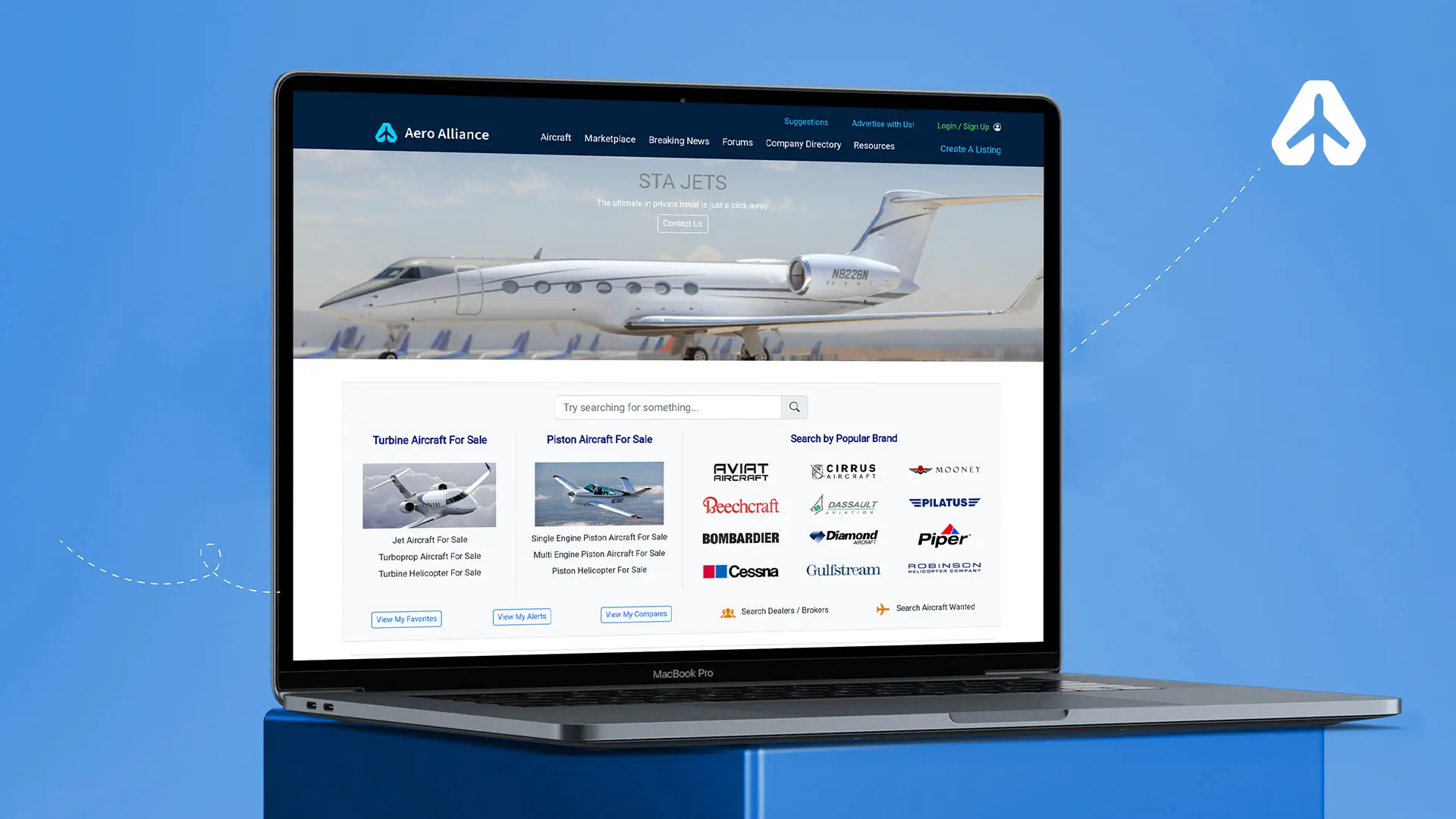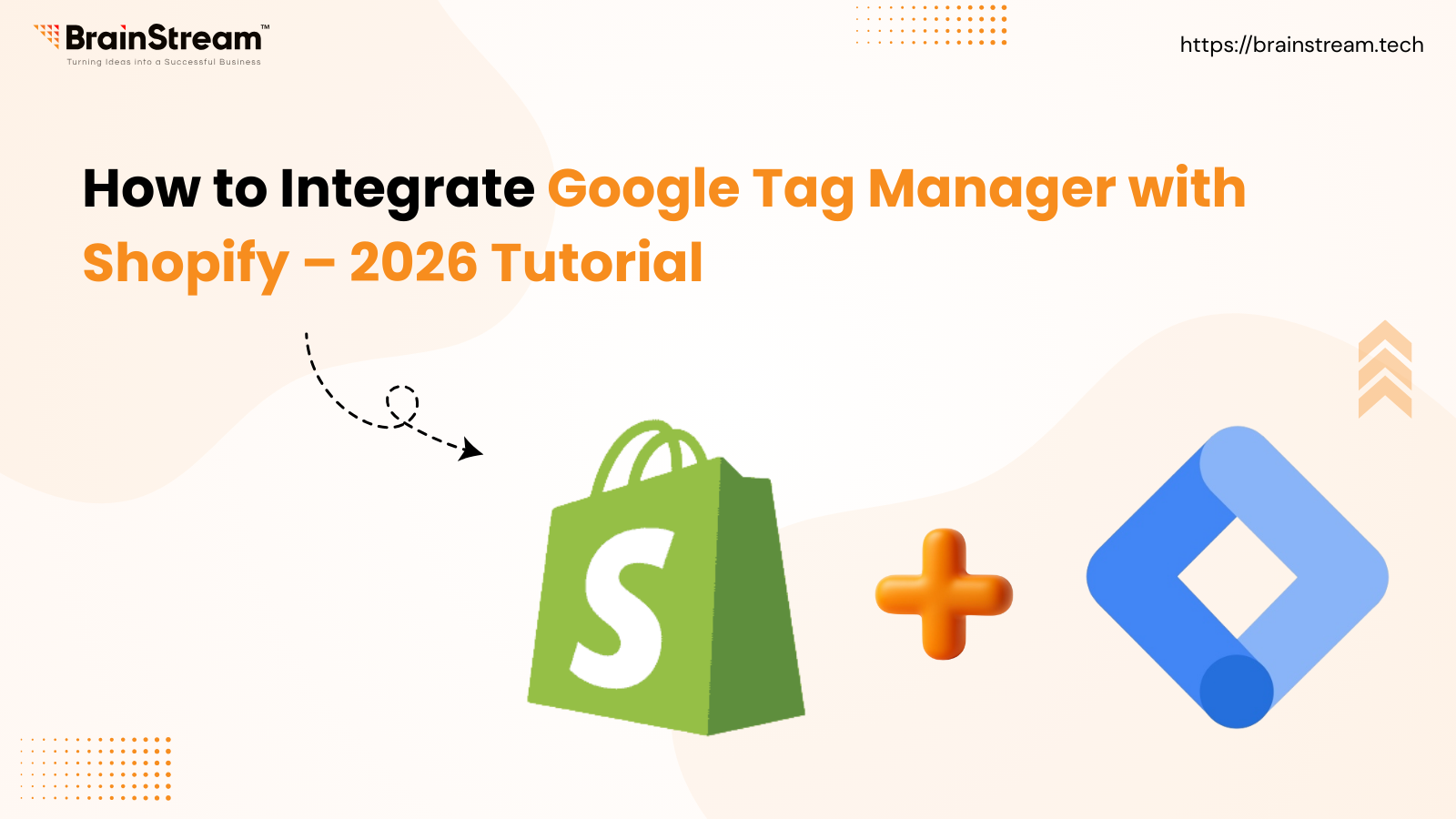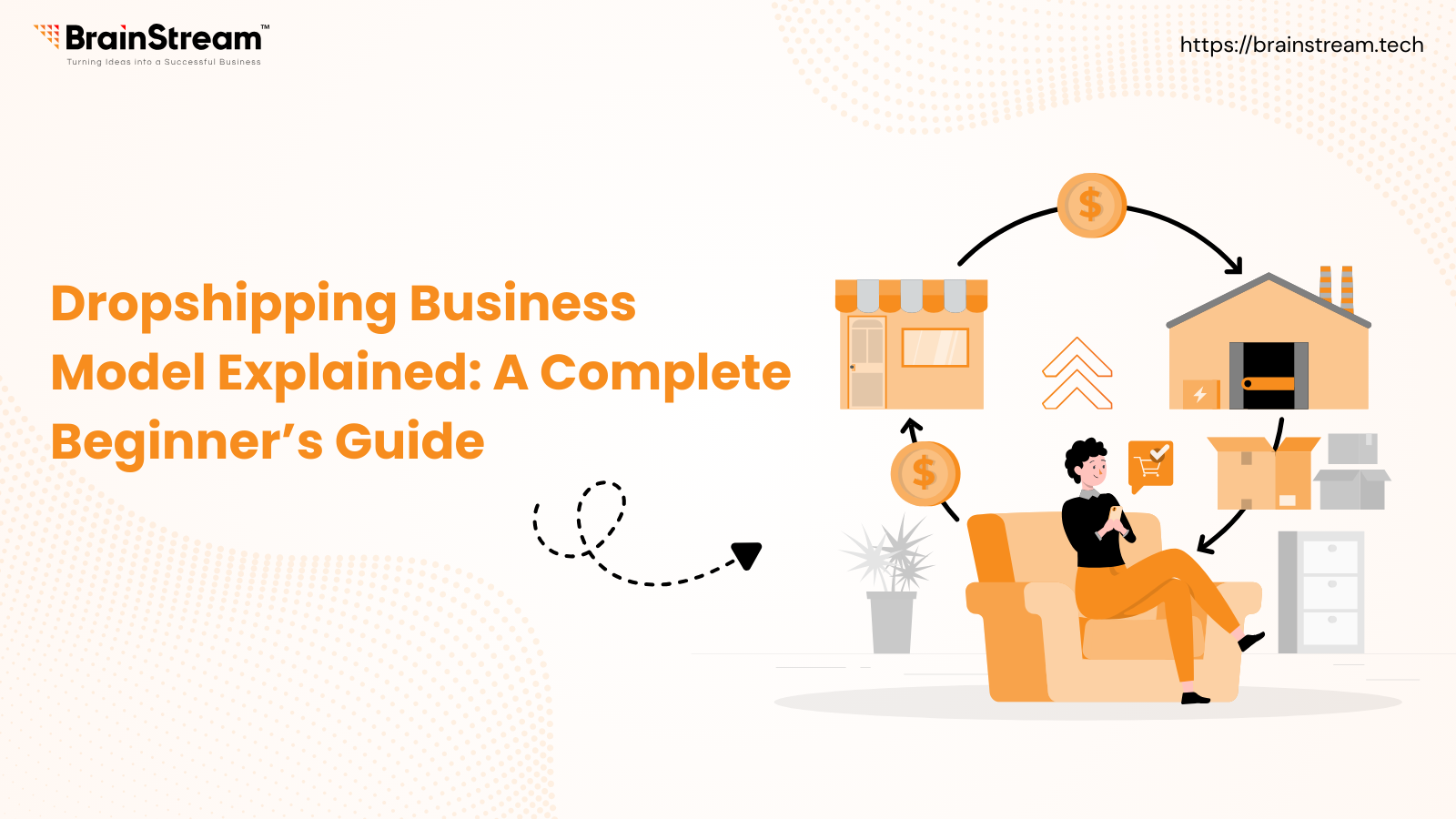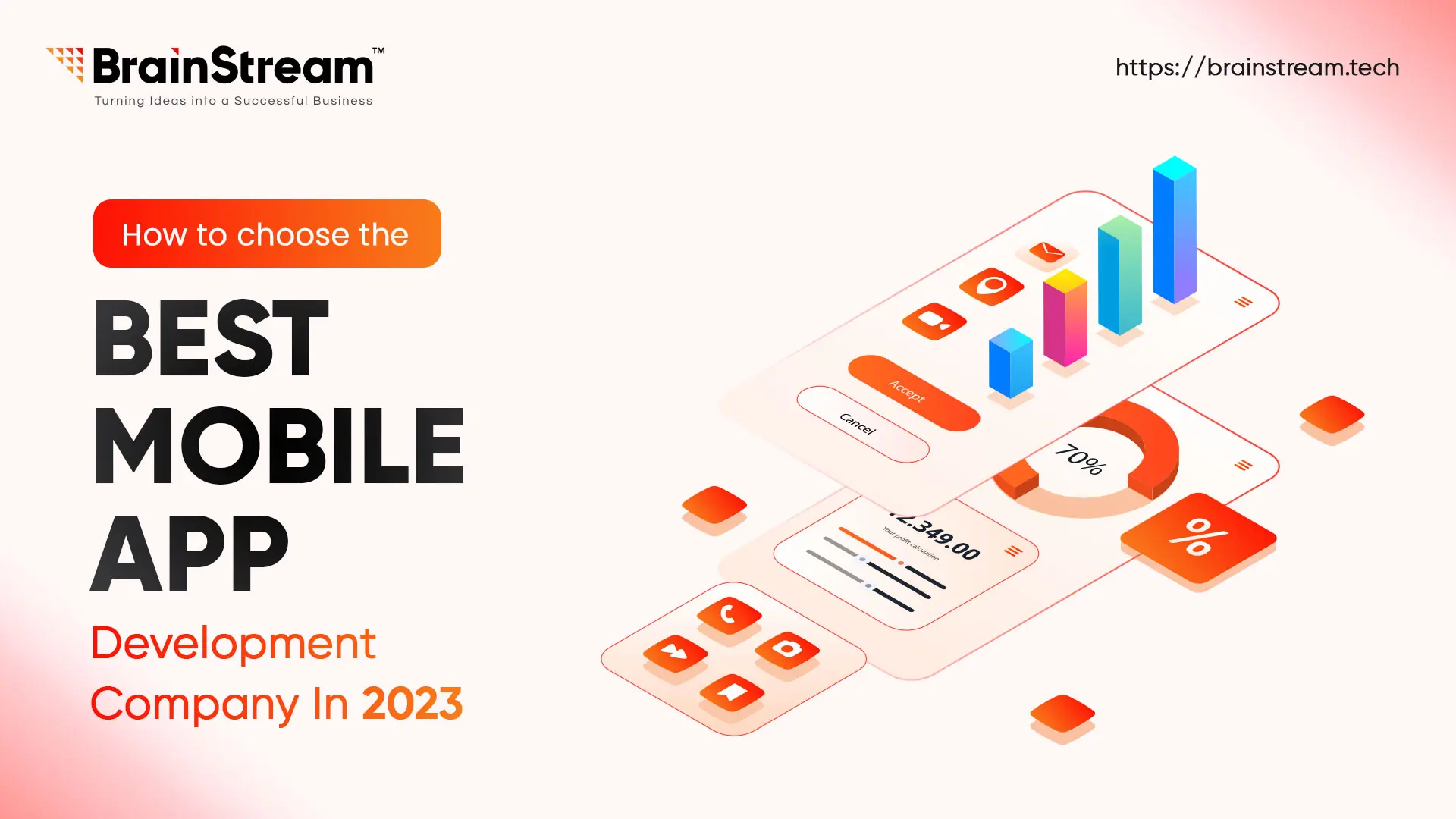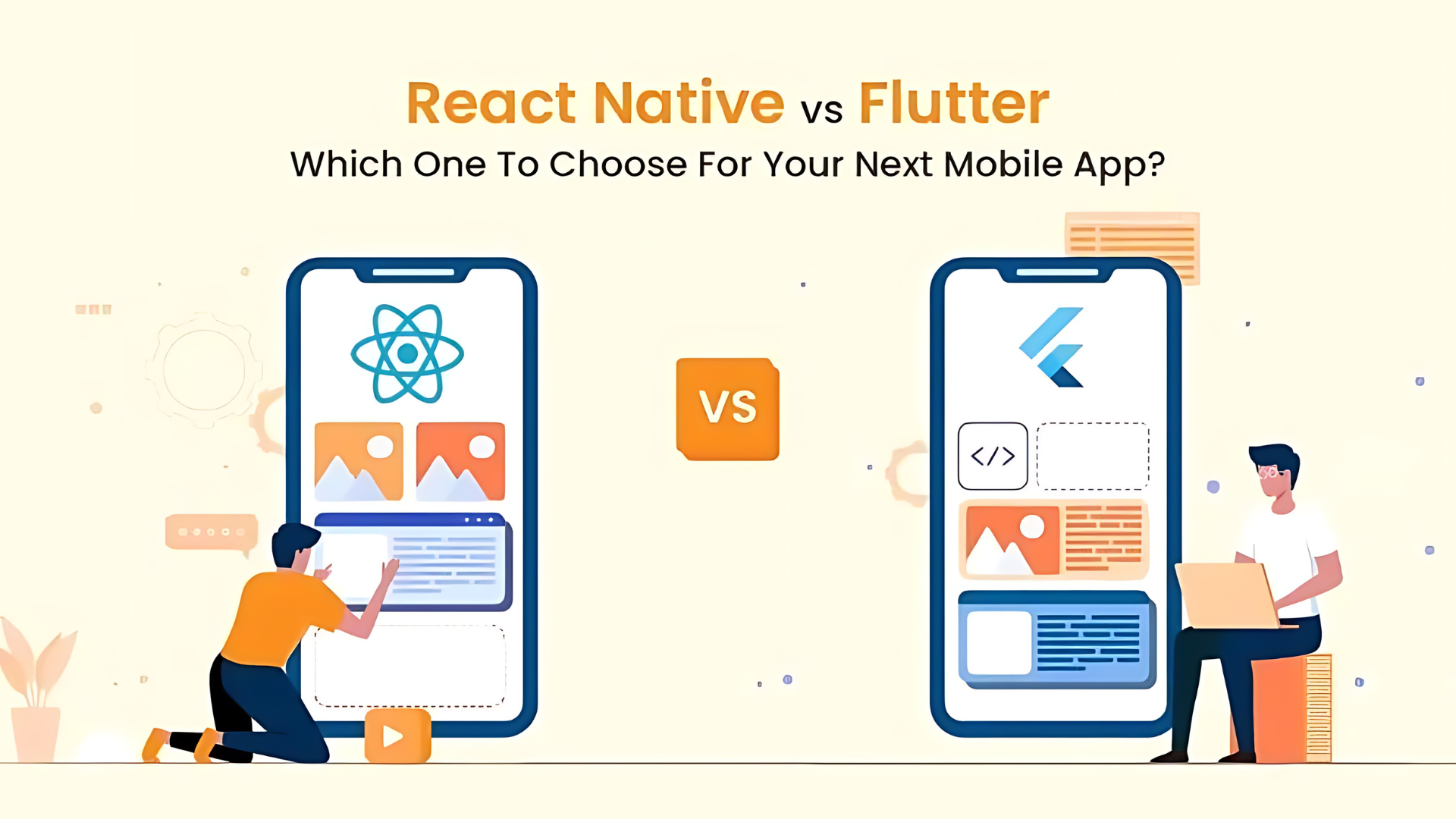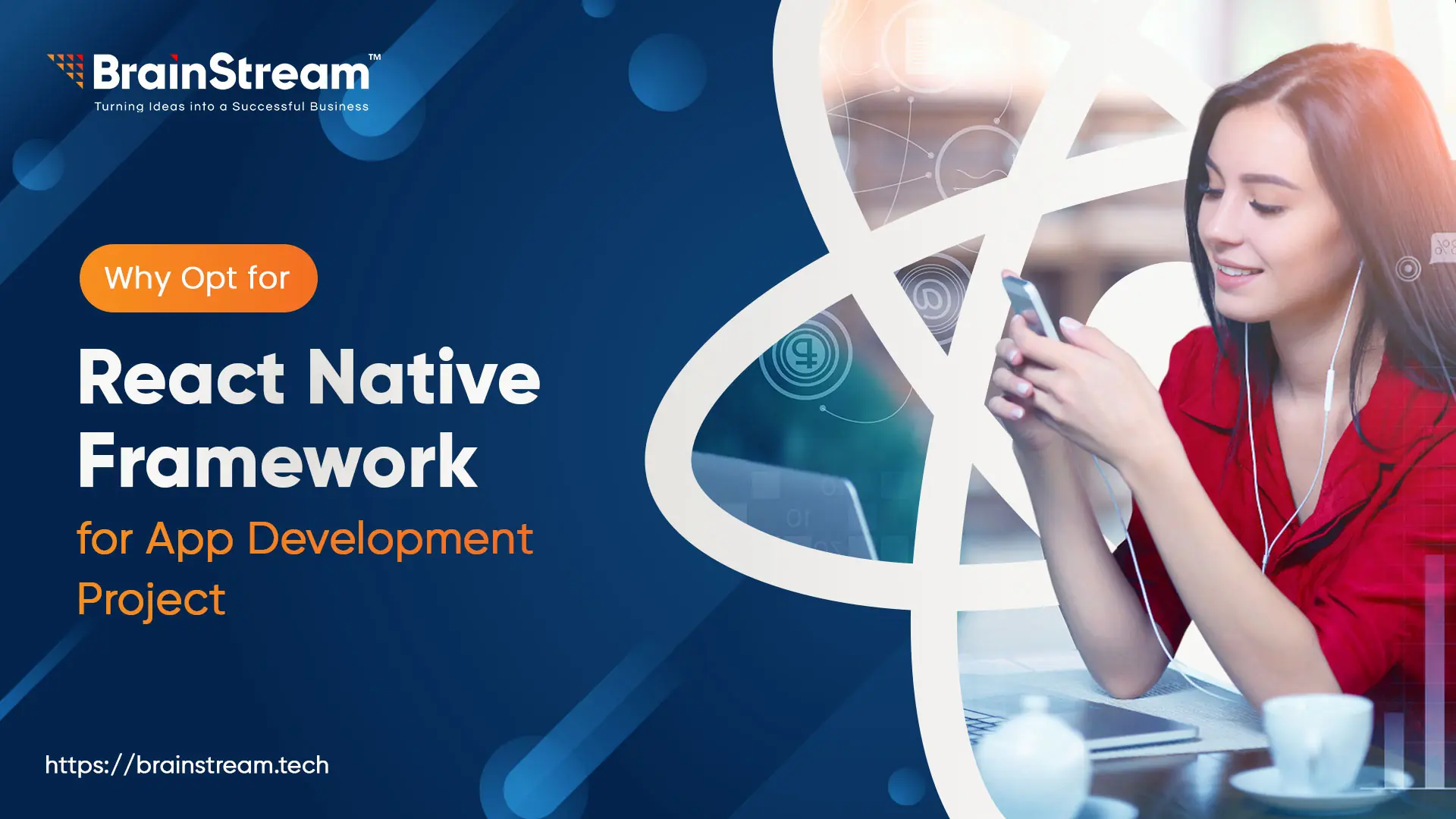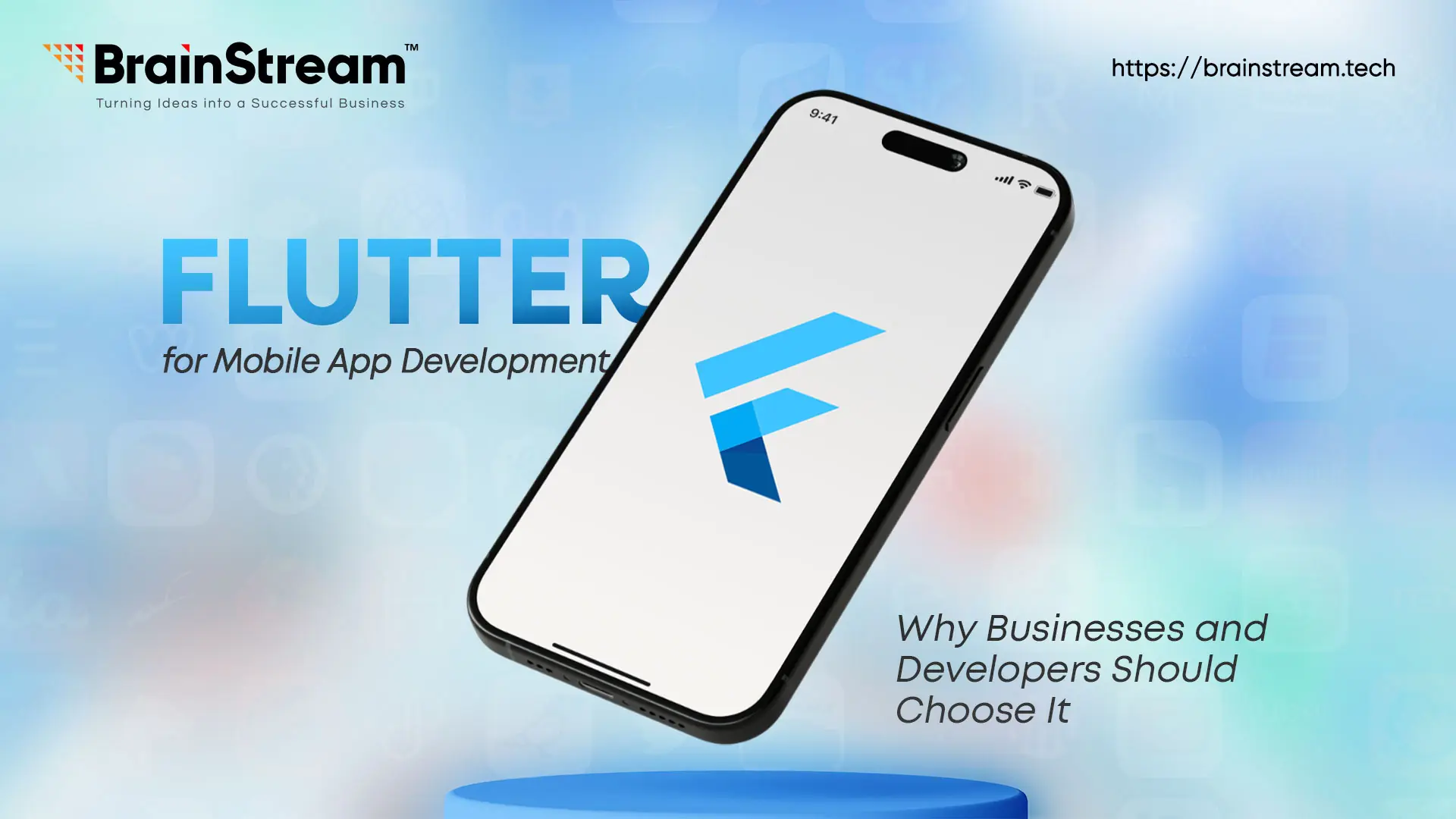
Summary:
Flutter, backed by Google, is transforming mobile app development with its fast, cost-effective, and cross-platform capabilities. This post explores Flutter’s benefits, real-world use cases, success stories, and comparisons with other frameworks, highlighting why it’s a top choice for both developers and businesses.
May 27, 2025
Flutter has rapidly emerged as a game-changer in mobile app development. Backed by Google and an enthusiastic community, Flutter enables businesses and developers to build high-quality iOS and Android apps faster and cost-effectively than traditional approaches. In this blog post, we’ll explore what Flutter is, its key benefits, use cases across industries, real-world success stories, and how it compares to other frameworks like React Native and native development. By the end, you’ll understand why Flutter strengths make it a top choice for both technical teams and business stakeholders.
Overview of Flutter: What It Is and Who Created It
Flutter is Google’s free and open-source UI software development kit (SDK) for cross-platform application development. Originally codenamed “Sky” and created by Google around 2015 (with a first stable release in 2018), Flutter was designed to build natively compiled mobile, web, and desktop applications from a single codebase. In essence, Flutter provides a portable framework (based on the Dart programming language) that allows developers to craft beautiful user interfaces and compile them to native machine code for multiple platforms.
Google’s strong stewardship of Flutter and its open-source nature have fostered a vibrant global community of contributors. Today, Flutter is used extensively inside Google and has been adopted by thousands of companies worldwide, ranging from startups to large enterprises. (Notably, Flutter’s popularity has skyrocketed – by 2021, it even surpassed Facebook’s React Native to become the most popular cross-platform mobile framework.)
Key Benefits of Flutter
Flutter offers a host of benefits that appeal to both developers and businesses. Below are some of the standout advantages that make Flutter an attractive choice for mobile app development:
1. Cross-Platform from a Single Codebase
Flutter enables you to develop apps for iOS and Android (and beyond) using one codebase rather than writing and maintaining two separate sets of code. This cross-platform capability means reaching users on major mobile platforms (and even web and desktop) without double the effort. Flutter’s framework is platform-agnostic – it does not rely on OEM widgets or WebViews for UI; instead, it uses its rendering engine (Skia) to draw widgets, which ensures a consistent look and feel across platforms.
The single codebase approach significantly reduces development time and cost when targeting multiple platforms. When Flutter 2.0 launched in 2021, there were already over 150,000 Flutter apps on the Play Store, and by Flutter 3.0 (2022), this grew to 500,000 apps – a 455% jump in two years, underscoring how many developers value the one-codebase-for-all approach.
2. Fast Development Cycles (Hot Reload)
Flutter is renowned for its rapid development workflow, thanks mainly to its “hot reload” feature. Hot reload allows developers to inject updated code into a running app and see changes instantly without restarting the whole app. This dramatically speeds up the debug and design process – you can tweak UI or fix a bug and view the update in milliseconds, preserving the app’s state.The result is a much shorter edit-compile-run cycle compared to traditional native development.
Many teams have found that Flutter’s productivity features reduce development time for new features and iterations. For example, Alibaba’s engineers reported that Flutter “significantly reduced the time” to develop new features from about 1 month to 2 weeks. Such rapid iteration means faster time-to-market for businesses and the ability to respond swiftly to feedback.
3. Rich UI Components and Custom Design Capabilities
One of Flutter’s biggest strengths is its ability to create beautiful, custom user interfaces easily. Flutter has a rich library of pre-built widgets for Material Design (Android) and Cupertino (iOS) styles, as well as flexible layout and animation libraries. Developers can customize every pixel on the screen if needed, enabling bespoke designs that match a brand’s identity. Because Flutter renders everything, designers are not limited by the native UI controls – virtually any custom animation or UI element can be implemented.
Fast Company even named Flutter “one of the top design ideas of the decade” for its capability to turn creative concepts into real, polished apps. This means Flutter apps can have a highly refined look and feel. The framework’s layered architecture lets developers compose complex UIs from simple building blocks and adjust styling or behavior at any level. Whether you want a native look or a unique custom theme, Flutter provides the tools to achieve it. Moreover, the ecosystem offers additional UI libraries (for example, packages for Fluent UI, macOS-style widgets, etc.) that further expand Flutter’s design flexibility.
4. Strong Community and Google Support
An active, worldwide community and heavy investment from Google fuel Flutter’s growth. Being open-source, Flutter has attracted over 1,400 core contributors to its codebase and over 10,000 package publishers who have authored 50,000+ plugins/packages for extended functionality. Google actively maintains and updates Flutter – as of late 2024, they announced Flutter has over 1 million active developers monthly, and 30% of new iOS apps were being built with Flutter. This level of adoption is a decisive vote of confidence.
Flutter developers organize meetups in over 60 countries (with 90k+ members), share knowledge, and contribute improvements. Community support means abundant learning resources, tutorials, and third-party libraries to solve everyday problems. And because Google uses Flutter for many of its products, you can be sure it will continue to receive long-term support and improvements from Google. (The official Flutter site proudly states that Flutter is “supported and used by Google, trusted by well-known brands around the world, and maintained by a community of global developers.”).
5. High Performance (Native Compilation)
Performance is a critical factor for user experience, and Flutter doesn’t disappoint. Flutter apps are compiled to native ARM or x64 machine code ahead of time, so they run with near-native speed. Unlike cross-platform tools that use interpreters or JavaScript bridges, Flutter has minimal overhead at runtime. The Dart language’s AOT (ahead-of-time) compilation produces efficient machine code, enabling fast app startup and smooth animations. Flutter’s engine can render graphics at 60fps (or even 120fps on capable hardware), which means scrolling and transitions feel fluid. Performance tests by early adopters have shown that Flutter apps can meet or exceed the speed of equivalent React Native apps (which rely on a JavaScript layer).
Additionally, Flutter’s architecture avoids the “bridge” between UI and native code; the widgets are drawn directly using the GPU. This results in consistent, flicker-free UI and reduces performance bottlenecks. Many popular Flutter apps (discussed later) serve millions of users, proving the framework scales to production-grade performance. In short, with proper optimization, a Flutter app can achieve performance indistinguishable from a fully native app, which is a massive plus for demanding applications (gaming, animations, etc.).
6. Cost-Effectiveness
For businesses, Flutter can dramatically lower development and maintenance costs. Because you write one codebase for iOS and Android, you effectively halve the engineering effort compared to developing native apps for each platform separately. A more minor team can deliver the product, reducing hiring needs and ongoing payroll expenses. Maintenance is simpler – updates or bug fixes are applied once and rolled out to all platforms, which also cuts QA and support costs. Google specifically built Flutter to enable high-quality apps for all platforms, “but with lower cost and less time.”
Using Flutter, companies avoid the “double work” of dual-platform native development. For example, one case study found that using Flutter to build an MVP (minimum viable product) led to a 40% reduction in development costs compared to a previous native approach. Additionally, Flutter is free and open-source, so there are no licensing fees. The robust widgets and packages can save money since you don’t have to buy third-party UI components or reinvent standard features. Overall, Flutter’s efficiency and single-code strategy translate to a higher ROI for software projects – a crucial benefit for startups on tight budgets and enterprises looking to maximize value.
Use Cases and Industries Where Flutter Excels
Flutter’s versatility makes it suitable for various applications and industries. Any scenario that demands a fast development turnaround, consistent multi-platform user experience, or a beautiful custom UI can benefit from Flutter. Here are a few domains where Flutter particularly excels:
1. Startups and MVP Development
For startups and small teams, Flutter is a boon for rapidly building a Minimum Viable Product and iterating on it. Startups must often validate ideas quickly and support iOS and Android users from day one. Flutter’s quick development cycle (with hot reload) and single codebase let startups get to market faster and pivot as needed. A small Flutter team can do what traditionally requires two separate native teams.
This speed and efficiency can be the difference in a startup’s success. Moreover, Flutter’s lower maintenance burden (one codebase to update) is ideal when resources are limited. Many startups have leveraged Flutter to release their initial apps in record time – for example, the team behind the Reflectly journaling app switched to Flutter and was able to delight users with smooth animations and rapid feature updates that were hard to achieve with their previous framework.
2. E-commerce and Retail
Flutter is an excellent fit for e-commerce apps and online retail platforms that demand polished UI and cross-platform reach. Retailers want their shopping apps to look consistent on iPhones and Android devices and provide a smooth, responsive experience (shoppers won’t tolerate laggy apps). With Flutter, an e-commerce company can create a single app that feels native on both platforms. The framework’s rich UI components help showcase product catalogs with beautiful visuals and fluid animations (e.g., carousels and interactive product views).Companies like Alibaba chose Flutter for their Xianyu resale app to achieve a high-performance, uniform experience across platforms, even under heavy traffic.
Flutter also simplifies implementing real-time features like chat, push notifications, or dynamic menus, which are common in retail apps. Additionally, development speed means features like flash sales or seasonal updates can be rolled out simultaneously on iOS and Android without double work. Flutter’s web support is a bonus for businesses with online storefronts, allowing code sharing with web portals if needed.
3. Enterprise and Finance Apps
In the enterprise sector (banks, insurance, large tech companies), Flutter has gained traction as a reliable solution for building enterprise-grade apps. Its ability to deliver a native-like performance and robust UI makes it suitable for complex, data-heavy applications like banking apps, trading platforms, or corporate dashboards. Enterprises appreciate the maintainability of a single codebase and that Flutter can integrate with existing backend systems via well-defined APIs. For instance, several banks (e.g., Credit Agricole, ING, Nubank) have rebuilt customer-facing apps with Flutter to unify their codebases while meeting strict performance and security requirements.
Flutter’s support for unit and integration testing and its active development roadmap give confidence that it can be used for long-term projects. Furthermore, enterprises often need custom branding and design – Flutter’s customisation allows these companies to create distinctive UIs without being constrained by standard native controls. Even in the automotive industry, companies like BMW and Toyota have used Flutter (for their mobile apps and even in-car interfaces) to deliver modern, connected experiences in a fraction of the development time it used to take.
In summary, Flutter’s stability, performance, and flexibility make it a strong choice for both consumer and mission-critical enterprise applications.
Of course, Flutter isn’t limited to the above – it’s also used in travel apps, education (e.g., e-learning platforms), lifestyle and entertainment (music or video streaming UIs), and more. Its multi-platform nature even allows teams to consolidate mobile and web development efforts. The bottom line is: if your project needs to support multiple platforms and deliver a great UI/UX without a massive budget or timeline, Flutter is an excellent option across many industries.
Real-World Examples of Popular Apps Built with Flutter
Nothing speaks to a technology’s capability better than successful apps in production. Flutter has an impressive roster of real-world apps, including those from globally recognized companies. Here are a few popular apps (and their use cases) built with Flutter:
1. Alibaba (Xianyu)
E-commerce giant Alibaba used Flutter to build Xianyu, their massive second-hand goods marketplace app. Xianyu serves tens of millions of users in China across Android and iOS. The Alibaba development team chose Flutter after evaluating other cross-platform tools – Flutter offered superior development experience and testing speed compared to React Native.
By using Flutter, Alibaba could unify its iOS/Android teams and even solve a recruitment problem – it no longer needs as many specialized iOS engineers as it does since Flutter developers can do both. Internal tests at Alibaba showed that Flutter outperformed their previous Native/RN implementations, and the hot reload feature helped the team quickly roll out new product pages. As a result, Xianyu’s Flutter app has grown rapidly (over 50 million downloads and 10 million daily users as of recent counts), demonstrating Flutter’s ability to handle scale.
2. Google Ads
Google’s own Google Ads mobile app (which lets marketers manage ad campaigns on the go) is built with Flutter. This is a flagship product for Google, used by millions of advertisers worldwide, and it showcases Google’s trust in Flutter for critical, user-facing apps. The Google Ads app provides a polished interface with real-time campaign data, notifications, and editing tools. Using Flutter, the Google Ads team delivers updates simultaneously to iOS and Android, ensuring feature parity for all users. Google has cited that they leveraged Flutter to achieve high performance in this app, along with a pleasing UX that matches the material design language used in other Google products. The fact that a core Google product is on Flutter strongly signals Flutter’s production readiness and performance.
3. eBay Motors
The eBay Motors app (an offshoot of eBay for buying and selling cars and auto parts) is another widely used application built with Flutter. eBay Motors needed a slick, photo-heavy interface with features like listing creation, search filters, and real-time bidding updates. Using Flutter, eBay quickly developed this app for Android and iOS, offering a smooth browsing and selling experience. The app has been noted for its responsive UI and virtually identical functionality on both platforms. It’s highlighted as “one of the most popular apps built with Flutter.” For eBay, Flutter provided a way to reuse code and get the app to market faster without sacrificing quality – a crucial advantage in the competitive e-commerce space.
4. New York Times
The New York Times leveraged Flutter to develop a cross-platform news reader application for its audience. The NYT has millions of daily readers, and they were looking for efficient ways to engage users on mobile devices with interactive content. By choosing Flutter, NYT could experiment with new formats (like interactive puzzles, multimedia articles, or crosswords) in a single app that runs on both iOS and Android.
The app benefits from Flutter’s rich text rendering and custom UI capabilities to provide the NYT’s signature typography and design across different screen sizes. This example shows Flutter’s suitability even for content-heavy apps where reliability and seamless UX are paramount – the developers can push updates to both platforms simultaneously and ensure a consistent experience for all readers.
5. BMW (My BMW App)
The My BMW app, which connects BMW owners to their vehicles (letting them lock/unlock the car, check status, navigate, etc.), was rebuilt with Flutter as a unified codebase for global release. Automotive apps like this often need to interface with hardware (car systems) and provide real-time feedback, so performance and reliability are key.BMW chose Flutter to modernize their app’s UI and deliver features faster across Android and iOS in sync.
The result is a highly rated app that provides a premium feel expected by BMW’s customers. Flutter’s ability to handle complex state management and Bluetooth/connectivity integrations helped BMW create a robust companion app without maintaining separate platform-specific teams. This success in the automotive domain also hints at Flutter’s growing adoption in connected devices and IoT applications.
(Many other notable apps use Flutter, including Groupon, Philips Hue, Realtor.com, Nubank, the Hamilton Musical app, and even parts of the Android OS, like the system UI in Google’s Fuchsia OS. The list of Flutter apps is expansive and spans finance, social media, entertainment, and beyond. Such diverse real-world usage underscores Flutter’s adaptability to almost any app genre.)
Comparison with Other Frameworks: Flutter vs. React Native vs. Native Development

When choosing a mobile app technology, it’s essential to understand how Flutter compares to alternatives like React Native and traditional native development. Below, we highlight key differences:
Flutter vs. React Native
React Native (RN) is another popular cross-platform framework that uses JavaScript and React (JSX) to build mobile UIs, tapping into native components under the hood. Both Flutter and RN aim to allow one codebase for iOS and Android, but they take different approaches:
1. Performance
Flutter typically has an edge in performance because it compiles to native code and avoids the JavaScript bridge. RN must communicate between the JavaScript thread and native modules, which can introduce latency. Flutter’s direct compilation and rendering eliminate that barrier, yielding faster startup times and smoother animations in many cases. Dart’s support for AOT compilation and the Skia engine help Flutter apps run at native speeds without a separate bridge runtime. React Native has improved its performance over the years (especially with the new architecture and JSI), but high-fidelity graphics or heavy animations often run more fluidly on Flutter.
2. UI Consistency and Flexibility
With React Native, the UI comprises native platform widgets (plus custom styling), which means an RN app may look slightly different on iOS vs Android unless carefully harmonized. In contrast, Flutter controls every pixel via its widgets. This gives Flutter a consistent design across platforms – the app will look and behave the same (unless you choose to mimic platform styles specifically).
It also grants more freedom for custom designs that might be hard to achieve with native components. As noted earlier, Flutter’s UI is platform-agnostic due to its self-rendering approach. The flip side is that RN apps automatically adopt the latest native UI changes (for example, if iOS introduces a new default style, RN apps might get it for free). In contrast, Flutter apps must manually update their designs to reflect new platform conventions. In summary, Flutter offers greater control and uniformity, while RN aligns more with native UI by default.
3. Developer Experience and Language
React Native’s advantage is that it uses JavaScript/TypeScript – languages and frameworks (React) that many web developers already know. Flutter uses Dart, which is less familiar initially. However, Dart is easy to learn (syntactically similar to Java/C#) and was designed for building UIs efficiently. Flutter’s hot reload is often praised as slightly more seamless than RN’s “fast refresh,” although both allow quick UI tweaks. The debugging and tooling for Flutter (e.g., Flutter DevTools) are excellent, and Flutter has first-party support in Android Studio, VS Code, etc. React Native has a rich ecosystem, too, but developers sometimes grapple with compatibility between React Native, third-party libraries, and native modules (especially after major iOS/Android updates).
Flutter, being a more self-contained SDK, tends to have fewer breaking changes – if your Flutter SDK is up to date, everything in your app (widgets, rendering, etc.) updates together consistently. In terms of community, RN has been around longer (since 2015) and has many packages, but Flutter’s package ecosystem has grown rapidly to close the gap. As of 2024, both frameworks have huge communities; surveys show Flutter and React Native are almost tied in popularity among developers (Flutter is slightly ahead with ~9.2% vs RN’s 9.1% in the 2023 Stack Overflow survey). Both are well-loved – choosing between them often depends on specific project needs and team expertise. Many developers who have tried Flutter love its modern approach and lack of “JavaScript fatigue” issues.
Flutter vs. Native iOS/Android Development
Traditional native development (Kotlin/Java for Android, Swift/Objective-C for iOS) remains the benchmark for ultimate control and leveraging platform-specific features. However, it comes with notable downsides that Flutter directly addresses:
1. Development Speed and Cost
Building two separate native apps is slow and expensive. You have to implement every feature twice (once per platform) and manage two codebases that may diverge over time. As mentioned before, this can double the cost and effort. Flutter allows a single team to build for both platforms simultaneously, often cutting development time by 30–50% or more.
Updates and bug fixes in a Flutter app are done once, and you can deploy to both app stores together, whereas native would require coordinating two deployments. For businesses, this means faster time-to-market and the ability to iterate quickly based on user feedback without paying twice for development. Unless an app requires separate native code (which is rare), Flutter’s efficiency provides a huge advantage.
2. UI/UX and Feature Parity
With native separate development, there’s always a challenge to ensure that both iOS and Android apps have feature parity and a consistent brand experience. Often, one platform lags or has a slightly different look due to other developers or platform constraints. Flutter inherently solves this using one codebase – the app’s iOS and Android versions are the same.
You can deliver a uniform experience to all users, which is excellent for branding. Of course, Flutter also allows adapting the UI per platform when desired (for example, using Cupertino widgets for iOS-style toggles, etc.), but it’s under your control. From a testing perspective, one Flutter app is easier to test thoroughly than two distinct native apps, which improves reliability. Many companies that switched from Native to Flutter have noted the ease of keeping features consistent across platforms and releasing them simultaneously for all users.
3. Access to Native APIs
One concern could be whether Flutter can use device-specific features (camera, GPS, sensors, etc.) and native code can. The answer is yes – Flutter provides platform channels to call into native Kotlin/Swift code when needed, and the community has built thousands of plugins that cover almost every native capability (from camera and biometrics to Bluetooth and beyond).
So you rarely need to write native code yourself. Flutter also keeps up with new OS features: for instance, when Apple introduced dark mode and new navigation gestures, Flutter’s toolkit was updated to support those in apps. In essence, while pure native development might be necessary for the absolute bleeding-edge features or if you have to integrate into an existing native app, Flutter can handle the vast majority of app requirements with no noticeable limitations. And since Google backs it, Flutter often promptly supports new Android/iOS OS updates.
In summary, Flutter vs React Native is a trade-off between maximum fine-grained control (native) versus development efficiency and consistency (Flutter). For most typical app projects that need to be on both iOS and Android, Flutter hits a sweet spot by delivering near-native performance and UI with far less engineering effort. Unless you have a very platform-specific app (e.g., something deeply tied to Android internals only), choosing Flutter can save cost and time while still achieving the polish of native apps.
Developer Ecosystem, Community Support, and Learning Curve
Flutter’s ecosystem and community have become one of its strongest assets, providing reassurance to both developers and businesses that the technology is well-supported:
1. Packages and Tools
The Flutter ecosystem boasts over 50,000 packages on the pub.dev (the Dart/Flutter package repository). This means that for standard functionalities – whether it’s networking (HTTP, GraphQL), state management, image processing, maps, or integrations with Firebase/Stripe, etc. – there’s likely an open-source package available. Using these packages can dramatically speed development since you don’t have to reinvent the wheel.
The quality of Flutter packages is also bolstered by initiatives like “Flutter Favourites,” which highlight the most valuable and well-maintained libraries. In terms of tools, Flutter has first-class support in IDEs (Android Studio/IntelliJ, VS Code) with features like autocompletion, debugger, UI inspector, and performance profilers. The Flutter DevTools provide deep insight into widget build times and layouts, helping developers optimize their apps. There are also UI libraries and templates contributed by the community that can serve as a starting point for new projects. All these factors lower the barrier for new Flutter developers and increase the productivity of experienced ones.
2. Community and Learning Resources
The Flutter community is global and very welcoming. Active forums (like Stack Overflow, Reddit’s r/FlutterDev, Discord communities, etc.) allow one to get help quickly. Flutter has consistently ranked as one of the most loved frameworks in developer surveys, indicating strong community enthusiasm. Google I/O and Flutter Engage events regularly feature Flutter, and the team publishes a roadmap and changelogs transparently on GitHub. Newcomers will find a wealth of tutorials, YouTube videos, and documentation. The official docs are comprehensive with how-to guides and FAQs (addressing everything from internationalisation to accessibility).
Moreover, because Flutter uses Dart (which has a gentle learning curve), many developers can pick it up quickly. Teams from other languages have reported that Flutter was easy to learn and adapt. For example, Alibaba’s Xianyu team cited Flutter’s “minimal learning curve,” which allowed their engineers (even those unfamiliar with Dart initially) to become productive quickly. Dart’s similarity to Java/C# means most programmers can read and write basic Dart code in a day or two. The reactive framework (widgets building upon setState and so on) is also straightforward, especially for those with React or Android experience. Businesses benefit from this because onboarding developers to Flutter is relatively quick, and there’s a growing pool of Flutter talent in the market as more developers gain experience with it.
3. Community Support for Business
Beyond developers, the community includes agencies and consultants specializing in Flutter. Google’s Flutter website even lists dozens of Flutter consulting firms and service providers worldwide, which businesses can tap into for expertise or team augmentation. The large community also implies that the framework is battle-tested: if an issue or bug arises, chances are someone has encountered it and possibly fixed it (or at least discussed a workaround).
Flutter’s open development on GitHub allows anyone to file issues; thousands of problems have been resolved with community input. Despite its young age, this collaborative development process has made Flutter a very robust project. In 2022, Flutter was one of the top 5 most active open-source projects on GitHub by contributor count, highlighting the level of community involvement. All this means that when you choose Flutter, you’re not alone – a rich ecosystem supports development and problem-solving, which is a relief for any development team.
4. Learning Curve
To address the learning aspect more directly – while every new technology has a learning curve, Flutter’s is considered shallow for most developers. You’ll find Dart familiar if you have experience in object-oriented languages (Java, C#, JavaScript/TypeScript, etc.). The Flutter SDK is well-documented, and the widget concept is intuitive (build UIs by composing widgets). Many developers comment that after a couple of weeks of using Flutter, they feel they’ve used it much longer, thanks to good documentation and consistent APIs. Additionally, because you can see results instantly with hot reload, it creates a positive feedback loop that makes learning interactive and fun.
Developers can experiment freely without a heavy penalty of long compile times. The community provides countless examples and open-source projects to learn from as well. From a business perspective, training developers in Flutter or hiring Flutter developers is quite feasible – the skill is widespread and not esoteric. As Flutter’s popularity grows, more and more new developers are starting with Flutter as their first mobile framework, which will continue to expand the talent pool
Long-Term Viability and Support Roadmap

When investing in a technology for your product, its long-term viability is a primary concern. In the case of Flutter, both the present momentum and future roadmap indicate a technology here to stay:
1. Google’s Commitment
Flutter is backed by Google, which consistently demonstrates a strong commitment to the framework. Google not only uses Flutter in many projects (from consumer apps like Google Pay and Stadia to internal tools) but also continues to allocate significant engineering resources to its development. As of late 2024, Google celebrated Flutter’s transition into a “production era,” highlighting that Flutter had matured into a stable, widely adopted framework for serious app development.
They revealed that Flutter had crossed1 million active devs and was powering nearly one-third of new iOS apps globally, a testament to its impact. Such numbers show that Google is interested in keeping Flutter thriving since it’s now a core part of the app ecosystem. Moreover, Google’s use of Flutter in strategic areas (including Fuchsia OS and Dart’s role in their web and backend services) suggests Flutter aligns with Google’s long-term technical vision.
2. Evolving Multi-Platform Roadmap
Flutter started with mobile but has grown into a proper multi-platform framework. Over the past few years, the Flutter team added stable support for web, Windows, macOS, and Linux, in addition to iOS and Android. So Flutter now targets six major platforms from one codebase. This progression (Flutter 1.0 in 2018 for mobile, Flutter 2 in 2021 for web, Flutter 3 in 2022 for desktop, etc.) shows a clear expansion roadmap.
Flutter’s roadmap continues to push boundaries – for example, Flutter is being adapted for embedded systems and even cars (Toyota is using Flutter for its next-gen infotainment systems). What this means for a business choosing Flutter is that you are not just adopting a mobile framework but a flexible toolkit that can scale to other platforms as your needs grow. If you ever want to offer a desktop or web app alongside your mobile app, Flutter could let you reuse a large portion of your code, increasing its future value.
3. Stability and Backwards Compatibility
The Flutter team has been thoughtful about API stability and backward compatibility. They follow a predictable release schedule (with beta and stable channels) and thoroughly document breaking changes. Flutter has a policy that attempts to minimize breaking changes; many Flutter apps from a few years ago can upgrade to the latest version with minimal modifications.
Dart’s sound null safety (introduced in 2021) was an example of a significant upgrade rolled out gradually and carefully. This gives confidence that Flutter apps will remain maintainable over the long term, and you won’t be stuck on an old version. The ecosystem also keeps up – popular packages usually update quickly for new Flutter releases. Additionally, the fact that Flutter is open-source under a permissive license (BSD) means it will not disappear even if things change – the community could continue it if Google stepped back hypothetically. However, given the current trajectory, Flutter is becoming more integral to Google’s ecosystem, not less.
4. Growing Corporate Adoption
Each year, more established companies and enterprises decide to standardize on Flutter for their mobile (and multi-platform) app strategy. The list of well-known brands trusting Flutter is long and growing. This corporate adoption contributes to Flutter’s longevity: large companies provide feedback, sponsor contributions, or even contribute back to the code (e.g., Microsoft has contributed to Flutter’s Windows support, Canonical to Linux support).
There’s also a blossoming of Flutter-centric conferences, such as Flutter Vikings and Flutter Europe, indicating a healthy interest and knowledge exchange in the community. All these signs point to Flutter being a technology with a bright future and a clear roadmap. Even independent analyses and tech blogs in 2025 conclude that Flutter has proven itself as a “reliable, stable, and powerful” platform for apps of all sizes, with ongoing improvements and support assured.
5. Future Innovations
On the horizon, Flutter’s roadmap includes further performance improvements (like the newer Impeller rendering engine to replace Skia for even better graphics performance on iOS), more tooling for large apps, and enhanced integration of emerging technologies (such as foldable device support, and perhaps deeper integration with WebAssembly for web). The Dart language continues to evolve to support Flutter needs (sound null safety, improvements in asynchronous programming, etc.).
Flutter is also keeping an eye on new hardware trends – it’s positioned to take advantage of mobile GPU improvements and has experimental support for 3D (there are community efforts to enable 3D graphics in Flutter). The takeaway is that Flutter is not stagnant; it’s a living project with a clear vision. It should assure any business or developer investing in it that their skills and codebase will remain valuable in the long run.
Conclusion: Flutter’s Strengths at a Glance
In conclusion, Flutter has established itself as a top-tier framework for mobile app development. Its combination of a single cross-platform codebase, fast development cycle, expressive UI capabilities, and native-like performance is unparalleled. For businesses, Flutter offers speedier time-to-market and lower costs without sacrificing quality. For developers, it provides modern tools, a delightful development experience (who doesn’t love hot reload?), and a supportive community. Flutter’s adoption by industry leaders and its backing by Google underscore the confidence in its abilities.
To summarise Flutter’s key strengths:
- One Codebase, Multiple Platforms: Develop for iOS and Android (and even web/desktop) simultaneously, ensuring consistency and saving effort.
- High-Velocity Development: Hot reload and a rich toolkit enable rapid iteration, allowing teams to deliver features and fixes in days, not weeks.
- Beautiful, Custom UIs: Flutter’s extensive widget library and rendering engine let you create bespoke, polished designs that give your app a unique identity.
- Native Performance: Compiled code and efficient rendering mean Flutter apps can match the smoothness and speed of native apps, providing a great user experience.
- Robust Ecosystem: Thousands of packages, strong community support, and detailed documentation reduce development friction and risk. There’s likely a package or guide for whatever you’re trying to build.
- Lower Cost & Maintenance: Shared code and faster development translate to lower development and maintenance costs, making it friendly to budgets and long-term upkeep.
- Future-Proof and Backed by Google: With Google’s ongoing investment and a clear roadmap, Flutter is here to stay. It’s continuously improving and expanding its capabilities, which protects your technology investment for years to come.
Flutter strikes a compelling balance between developer ergonomics and delivering business value. It empowers teams to build ambitious apps on tight timelines while maintaining high quality. Whether you’re a startup founder looking to make the next big app or an enterprise CTO aiming to streamline your mobile development, Flutter provides a proven path to achieve your goals. Given the evidence and success stories, it’s no surprise that Flutter is often recommended as the go-to solution for modern mobile app development. By choosing Flutter, you align with an efficient, expressive, and evolving technology – a solid foundation for any app’s present and future.
Overall, Flutter’s strengths suit the demands of today’s mobile landscape, where users expect excellent performance and design, and businesses demand speed and flexibility. It’s a powerful tool that marries the best cross-platform development with native performance, allowing firms and developers to “write once, run anywhere”without compromise.
Related Blog
Mobile App
How to Choose the Best Mobile App Development Company in 2023
With more tech-savvy users worldwide than ever, mobile application development has disrupted all major industries to provide business-friendliness, great ease of use, and equitable customer data access. As the demand for mobile app development is increasing, many mobile app development...
Mobile App
React Native vs Flutter
In these article, we’ll examine two popular frameworks that allow cross-platform development: Flutter and React Native.
Mobile App
Why Opt For React Native Framework for App Development Project?
As per the reports of Statista, nearly 42% of mobile application developers prefer React Native over other frameworks for cross-platform mobile apps. The reasons why React Native is so popular among developers for building mobile apps are its fast performance,...

Keep up-to-date with our newsletter.
Sign up for our newsletter to receive weekly updates and news directly to your inbox.
